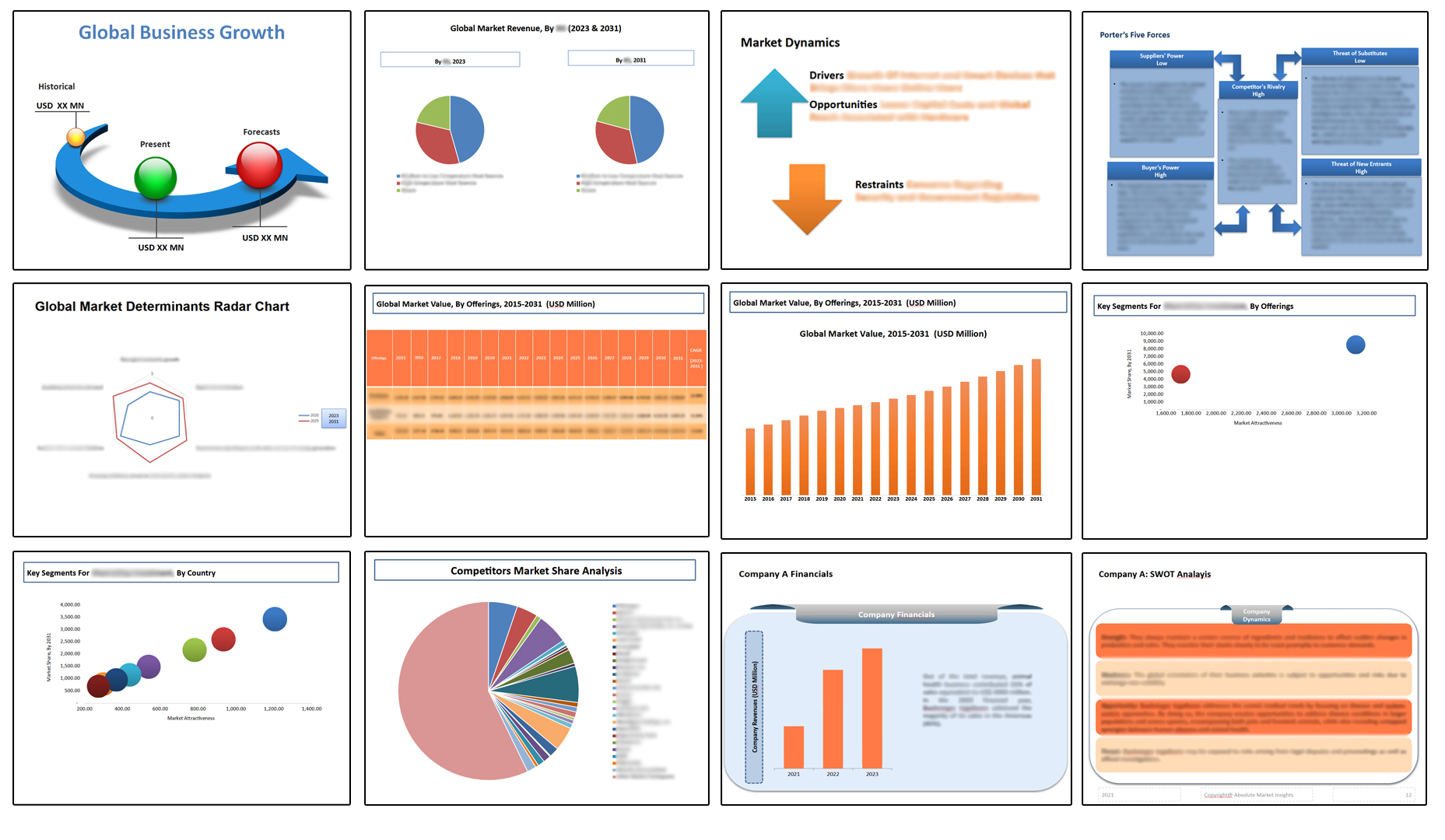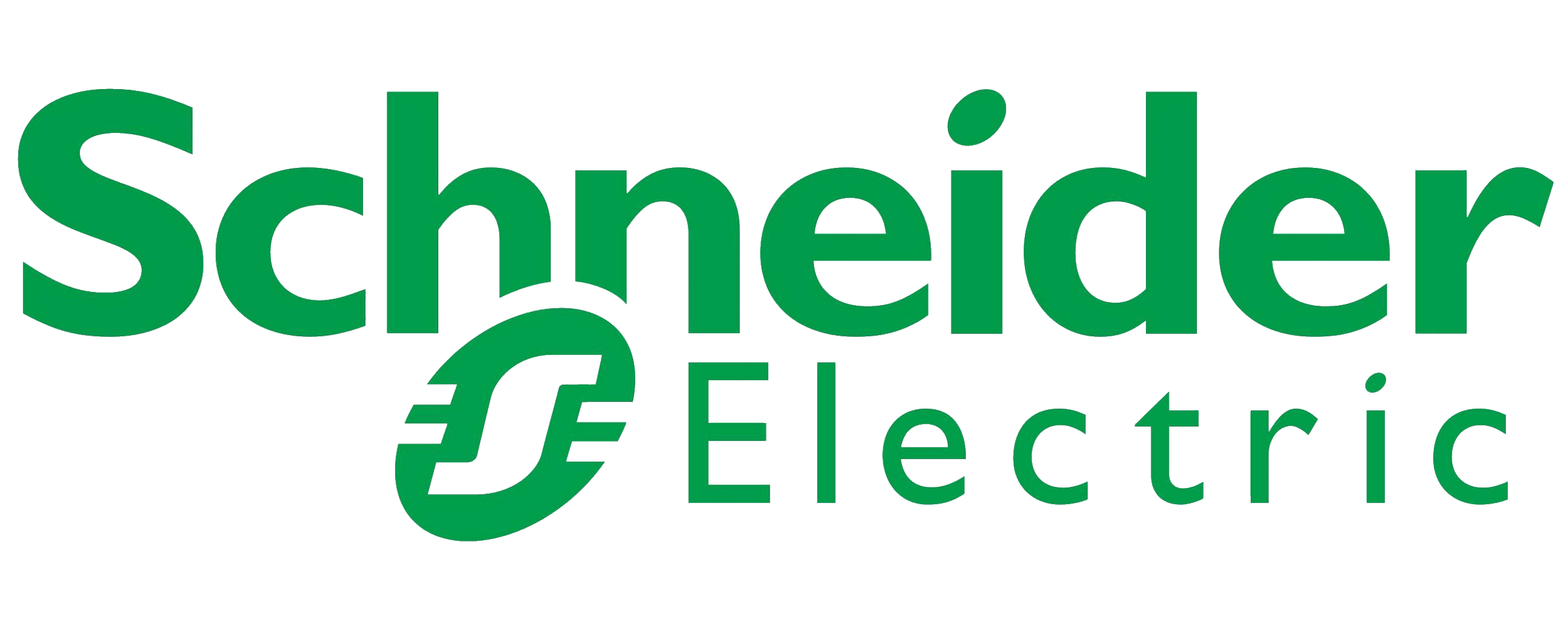Global Stainless Steel Hardware Market, By Product Type, By Steel Type, By Application, By Sales Channel, By Region & Segmental Insights Trends and Forecast, 2024 – 2034
- Industry: Construction & Manufacturing
- Report ID: TNR-110-1234
- Number of Pages: 420
- Table/Charts : Yes
- August, 2024
- Base Year : 2024
- No. of Companies : 10+
- No. of Countries : 29
- Views : 10106
- Covid Impact Covered: Yes
- War Impact Covered: Yes
- Formats : PDF, Excel, PPT
The stainless steel hardware market is experiencing robust growth, driven by increasing demand across construction, automotive, and industrial sectors. The market’s expansion is fueled by the rising need for durable, corrosion-resistant materials in critical applications. Growth drivers include infrastructure development, advancements in manufacturing processes, and the global trend towards sustainability, which favors stainless steel for its recyclability.
Opportunities lie in emerging markets, where industrialization and urbanization are accelerating. Additionally, technological advancements in production and design are creating new avenues for specialized hardware applications. Key trends include a shift towards high-performance alloys, increased demand for customized solutions, and a focus on energy-efficient manufacturing processes. The market is poised for continued expansion with a positive outlook through 2030. In Terms of Revenue, the Global Stainless Steel Hardware Market was Worth US$ 9.35 Bn in 2023 and is Anticipated to Witness a CAGR of 6.8% During 2024 – 2034.

Growth Drivers in Stainless Steel Hardware Market
Infrastructure Development and Urbanization
The rapid pace of infrastructure development and urbanization, especially in emerging economies, is a key growth driver for the Stainless Steel Hardware Market. As countries invest heavily in building new residential, commercial, and industrial facilities, the demand for durable and corrosion-resistant materials like stainless steel hardware has surged. Stainless steel’s longevity and strength make it an ideal choice for construction applications, including fasteners, bolts, and structural components. Urbanization drives the need for transportation infrastructure, further boosting demand for stainless steel hardware in bridges, railways, and other critical projects. This trend is expected to continue, propelling market growth over the coming years.
Growing Demand in Automotive and Marine Industries
In the automotive sector, the increasing focus on vehicle safety, durability, and fuel efficiency drives the demand for high-quality stainless steel components. Stainless steel’s resistance to corrosion, ability to withstand extreme temperatures, and strength make it essential in manufacturing critical automotive parts, including exhaust systems, fasteners, and structural components. Similarly, in the marine industry, stainless steel hardware is favored for its superior corrosion resistance in saltwater environments, ensuring long-lasting performance in boats, ships, and offshore structures. This growing reliance on stainless steel hardware in these sectors is a key driver of market expansion.
Stainless Steel Hardware Market Segmentation by Product Type, Steel Type, Application, Sales Channel, Region
Bolts & nuts segment by product type dominated the stainless steel hardware market, capturing a significant revenue share of 10.6% over the forecast period. This leadership is driven by the extensive use of bolts and nuts in various industries, including construction, automotive, and manufacturing, where secure and durable fastening solutions are critical. The segment’s growth is further fueled by the increasing demand for high-performance materials in infrastructure projects and the rising trend of industrial automation. The durability, corrosion resistance, and reliability of stainless steel bolts and nuts make them indispensable in ensuring the longevity and safety of structural assemblies, contributing to their market dominance.

Austenitic segment by steel type category is set to dominate the stainless steel hardware market, commanding a substantial revenue share of 29.4% over the forecast period. This dominance is attributed to austenitic stainless steel’s superior corrosion resistance, high ductility, and versatility, making it the preferred choice across various applications, including construction, automotive, and marine industries. Its ability to perform well in diverse environments and its non-magnetic properties further enhance its appeal. The segment’s strong market presence reflects the growing demand for reliable, long-lasting materials in critical infrastructure and industrial projects, solidifying its leadership in the stainless steel hardware market.

By application, industrial machinery segment is anticipated to grow fastest over the forecast timeline, capturing a revenue share of 16.2% in 2023. This growth is driven by the increasing demand for high-quality, durable hardware components essential for the efficient operation of industrial machinery. As industries globally focus on enhancing productivity and operational efficiency, the need for reliable stainless steel hardware, known for its strength, corrosion resistance, and longevity has surged. The segment’s expansion is also fueled by advancements in manufacturing technologies, which require precision-engineered components to meet stringent performance standards. The rising adoption of automation and smart manufacturing further bolsters the demand for stainless steel hardware in industrial machinery, ensuring sustained growth in this segment.

Direct segment by sales channel, dominated the stainless steel hardware market, accounting for a significant revenue share of 62.3% in 2023. This dominance reflects the preference of large-scale industrial buyers and manufacturers for direct procurement to ensure consistent quality, bulk purchasing benefits, and stronger supplier relationships. Direct sales channels offer customized solutions, better pricing, and quicker delivery times, which are critical for industries reliant on stainless steel hardware. This segment’s leadership is also driven by the growing trend of companies streamlining their supply chains to reduce intermediaries, enhancing efficiency and cost-effectiveness in their operations.

In 2023, Latin America is anticipated to play a significant role in propelling the growth of the stainless steel hardware market, contributing approximately 11.1% to its overall expansion. This region’s contribution is driven by increasing industrialization, infrastructure development, and urbanization across key economies such as Brazil, Mexico, and Argentina. As these countries invest heavily in construction, energy, and manufacturing sectors, the demand for durable, corrosion-resistant stainless steel hardware is rising. Additionally, the growth of the automotive and mining industries in Latin America further fuels the market’s expansion. The region’s strategic focus on modernizing infrastructure and embracing advanced manufacturing technologies positions it as a crucial player in the global stainless steel hardware market.

Major Players in Stainless Steel Hardware Market
- Acciai Vender
- Acerinox
- Ananka Group
- Aperam
- Apex Stainless Fasteners Ltd
- Asia Bolts Industries LLC
- B&G Manufacturing
- Fasteners Point LLC
- Ford Fasteners, Inc.
- Southern Fasteners & Supply, LLC.
- Suncor Stainless, Inc.
- SUZU Steel
- Other Industry Participants
Global Stainless Steel Hardware Market Scope
| Report Specifications | Details |
| Market Revenue in 2023 | US$ 9.35 Bn |
| Market Size Forecast by 2034 | US$ 19.27 Bn |
| Growth Rate (CAGR) | 6.8% |
| Historic Data | 2016 – 2022 |
| Base Year for Estimation | 2023 |
| Forecast Period | 2024 – 2034 |
| Report Inclusions | Market Size & Estimates, Market Dynamics, Competitive Scenario, Trends, Growth Factors, Market Determinants, Key Investment Segmentation, Product/Service/Solutions Benchmarking |
| Segments Covered | By Product Type, By Steel Type, By Application, By Sales Channel, By Region |
| Regions Covered | North America, Europe, Asia Pacific, Middle East & Africa, Latin America |
| Countries Covered | U.S., Canada, Mexico, Rest of North America, France, The UK, Spain, Germany, Italy, Nordic Countries (Denmark, Finland, Iceland, Sweden, Norway), Benelux Union (Belgium, The Netherlands, Luxembourg), Rest of Europe, China, Japan, India, New Zealand, Australia, South Korea, Southeast Asia (Indonesia, Thailand, Malaysia, Singapore, Rest of Southeast Asia), Rest of Asia Pacific, Saudi Arabia, UAE, Egypt, Kuwait, South Africa, Rest of Middle East & Africa, Brazil, Argentina, Rest of Latin America |
| Key Players | Acciai Vender, Acerinox, Ananka Group, Aperam, Apex Stainless Fasteners Ltd, Asia Bolts Industries LLC, B&G Manufacturing, Fasteners Point LLC, Ford Fasteners, Inc., Southern Fasteners & Supply, LLC., Suncor Stainless, Inc., SUZU Steel |
| Customization Scope | Customization allows for the inclusion/modification of content pertaining to geographical regions, countries, and specific market segments. |
| Pricing & Procurement Options | Explore purchase options tailored to your specific research requirements |
| Contact Details | Consult With Our Expert
Japan (Toll-Free): +81 663-386-8111 South Korea (Toll-Free): +82-808- 703-126 Saudi Arabia (Toll-Free): +966 800-850-1643 United Kingdom: +44 753-710-5080 United States: +1 302-232-5106 E-mail: askanexpert@thenicheresearch.com
|
Global Stainless Steel Hardware Market
By Product Type
- Bolts & Nuts
- Screws
- Hooks
- Rivets
- Anchors
- Clamps
- Rings & Pins
- Fasteners
- Shackles
- Hinges and Hasps
- Swivels
- Thimbles
- Blocks and Sheaves
- Wire Rope Clips
- Others
By Steel Type
- Austenitic
- Ferritic
- Martensitic
- Duplex
- 17 4 PH
By Application
- Construction
- Residential
- Commercial
- Industrial
- Automotive
- Aerospace
- Marine
- Industrial Machinery
- Electronics
- Consumer Goods
- Healthcare
- Others
By Sales Channel
- Direct
- Indirect
By Region
- North America (U.S., Canada, Mexico, Rest of North America)
- Europe (France, The UK, Spain, Germany, Italy, Nordic Countries (Denmark, Finland, Iceland, Sweden, Norway), Benelux Union (Belgium, The Netherlands, Luxembourg), Rest of Europe)
- Asia Pacific (China, Japan, India, New Zealand, Australia, South Korea, Southeast Asia (Indonesia, Thailand, Malaysia, Singapore, Rest of Southeast Asia), Rest of Asia Pacific)
- Middle East & Africa (Saudi Arabia, UAE, Egypt, Kuwait, South Africa, Rest of Middle East & Africa)
- Latin America (Brazil, Argentina, Rest of Latin America)
Report Layout:

Table of Contents
Note: This ToC is tentative and can be changed according to the research study conducted during the course of report completion.
**Exclusive for Multi-User and Enterprise User.
Global Stainless Steel Hardware Market
By Product Type
- Bolts & Nuts
- Screws
- Hooks
- Rivets
- Anchors
- Clamps
- Rings & Pins
- Fasteners
- Shackles
- Hinges and Hasps
- Swivels
- Thimbles
- Blocks and Sheaves
- Wire Rope Clips
- Others
By Steel Type
- Austenitic
- Ferritic
- Martensitic
- Duplex
- 17 4 PH
By Application
- Construction
- Residential
- Commercial
- Industrial
- Automotive
- Aerospace
- Marine
- Industrial Machinery
- Electronics
- Consumer Goods
- Healthcare
- Others
By Sales Channel
- Direct
- Indirect
By Region
- North America (U.S., Canada, Mexico, Rest of North America)
- Europe (France, The UK, Spain, Germany, Italy, Nordic Countries (Denmark, Finland, Iceland, Sweden, Norway), Benelux Union (Belgium, The Netherlands, Luxembourg), Rest of Europe)
- Asia Pacific (China, Japan, India, New Zealand, Australia, South Korea, Southeast Asia (Indonesia, Thailand, Malaysia, Singapore, Rest of Southeast Asia), Rest of Asia Pacific)
- Middle East & Africa (Saudi Arabia, UAE, Egypt, Kuwait, South Africa, Rest of Middle East & Africa)
- Latin America (Brazil, Argentina, Rest of Latin America)
The Niche Research approach encompasses both primary and secondary research methods to provide comprehensive insights. While primary research is the cornerstone of our studies, we also incorporate secondary research sources such as company annual reports, premium industry databases, press releases, industry journals, and white papers.
Within our primary research, we actively engage with various industry stakeholders, conducting paid interviews and surveys. Our meticulous analysis extends to every market participant in major countries, allowing us to thoroughly examine their portfolios, calculate market shares, and segment revenues.
Our data collection primarily focuses on individual countries within our research scope, enabling us to estimate regional market sizes. Typically, we employ a bottom-up approach, meticulously tracking trends in different countries. We analyze growth drivers, constraints, technological innovations, and opportunities for each country, ultimately arriving at regional figures.Our process begins by examining the growth prospects of each country. Building upon these insights, we project growth and trends for the entire region. Finally, we utilize our proprietary model to refine estimations and forecasts.
Our data validation standards are integral to ensuring the reliability and accuracy of our research findings. Here’s a breakdown of our data validation processes and the stakeholders we engage with during our primary research:
- Supply Side Analysis: We initiate a supply side analysis by directly contacting market participants, through telephonic interviews and questionnaires containing both open-ended and close-ended questions. We gather information on their portfolios, segment revenues, developments, and growth strategies.
- Demand Side Analysis: To gain insights into adoption trends and consumer preferences, we reach out to target customers and users (non-vendors). This information forms a vital part of the qualitative analysis section of our reports, covering market dynamics, adoption trends, consumer behavior, spending patterns, and other related aspects.
- Consultant Insights: We tap into the expertise of our partner consultants from around the world to obtain their unique viewpoints and perspectives. Their insights contribute to a well-rounded understanding of the markets under investigation.
- In-House Validation: To ensure data accuracy and reliability, we conduct cross-validation of data points and information through our in-house team of consultants and utilize advanced data modeling tools for thorough verification.
The forecasts we provide are based on a comprehensive assessment of various factors, including:
- Market Trends and Past Performance (Last Five Years): We accurately analyze market trends and performance data from preceding five years to identify historical patterns and understand the market’s evolution.
- Historical Performance and Growth of Market Participants: We assess the historical performance and growth trajectories of key market participants. This analysis provides insights into the competitive landscape and individual company strategies.
- Market Determinants Impact Analysis (Next Eight Years): We conduct a rigorous analysis of the factors that are projected to influence the market over the next eight years. This includes assessing both internal and external determinants that can shape market dynamics.
- Drivers and Challenges for the Forecast Period:Identify the factors expected to drive market growth during the forecast period, as well as the challenges that the industry may face. This analysis aids in deriving an accurate growth rate projection.
- New Acquisitions, Collaborations, or Partnerships: We keep a close watch on any new acquisitions, collaborations, or partnerships within the industry. These developments can have a significant impact on market dynamics and competitiveness.
- Macro and Micro Factors Analysis:A thorough examination of both macro-level factors (e.g., economic trends, regulatory changes) and micro-level factors (e.g., technological advancements, consumer preferences) that may influence the market during the forecast period.
- End-User Sentiment Analysis: To understand the market from the end-user perspective, we conduct sentiment analysis. This involves assessing the sentiment, preferences, and feedback of the end-users, which can provide valuable insights into market trends.
- Perspective of Primary Participants: Insights gathered directly from primary research participants play a crucial role in shaping our forecasts. Their perspectives and experiences provide valuable qualitative data.
- Year-on-Year Growth Trend: We utilize a year-on-year growth trend based on historical market growth and expected future trends. This helps in formulating our growth projections, aligning them with the market’s historical performance.
Research process adopted by TNR involves multiple stages, including data collection, validation, quality checks, and presentation. It’s crucial that the data and information we provide add value to your existing market understanding and expertise. We have also established partnerships with business consulting, research, and survey organizations across regions and globally to collaborate on regional analysis and data validation, ensuring the highest level of accuracy and reliability in our reports.















